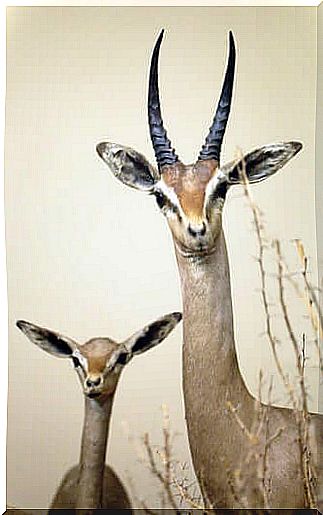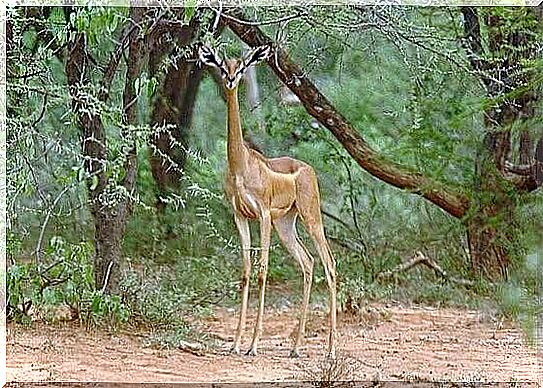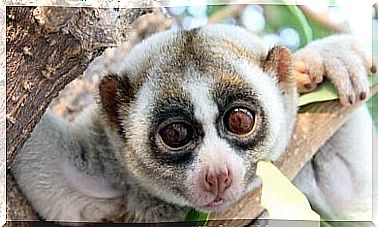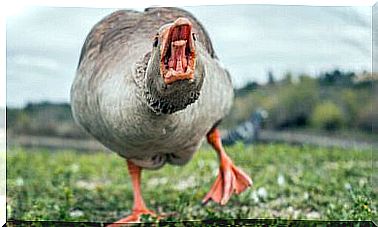Clarke’s Gazelle Habitat

The animal we are going to talk about today is a rare specimen originating from the horn of Africa : Clarke’s gazelle. So if you want to know more about its characteristics and habitat, don’t miss this article.
General features
This rare mammal ( Ammodorcas clarkei ) belongs to a single genus. In other words, it is the only species of it that exists, and at the moment there are no described subspecies. Clarke’s gazelle was first described by British zoologist Michael Oldfield Thomas.
If we talk about its classification among mammals, it should be noted that it belongs to the bovine family and, more specifically, to the subfamily Antilopinae. In fact, all the species of antelopes and gazelles described so far also belong to this family.
Its morphology is peculiar, as Clarke’s gazelle is characterized by the length and thinness of both legs and neck. In addition, the average height of each animal is about 80 centimeters, with an approximate weight of 22 to 35 kilos.
In its coat, the grayish-brown pattern predominates, except in some inferior regions and on the posterior part of the loin, which is lighter in color.

One feature that stands out about this gazelle is its long tail, which can measure up to 35 centimeters, and is usually kept upright while it moves quickly.
In addition, their horns, short and curved forward, are a characteristic unique to males of this species.
What is the habitat of Clarke’s gazelle?
The favorite places of these animals are areas with sand in which thorny and scattered thickets predominate. Clarke’s gazelle generally prefers these lands and, on the other hand, avoids stony soils.
It is in this habitat that this species finds what it needs to feed: shoots, green leaves and evergreen shrubs. During the rainy season, they supplement their diet with the grass shoots they find. To reach the best shoots, gazelles stand on their hind legs.

The groups these animals form in their natural habitat are small and usually do not exceed five members. While females feed and protect the young, males are responsible for patrolling and marking the territory.
Distribution and conservation
Until recently, Clarke’s gazelle inhabited the arid areas of Ethiopia and Somalia. Little by little, drought, overhunting and habitat degradation have been reducing the population to very low levels.
Despite being one of the most elusive species, its population density continues to decline. It is necessary to add that there are no specimens in captivity. The International Union for the Conservation of Nature lists this species as “vulnerable”.









